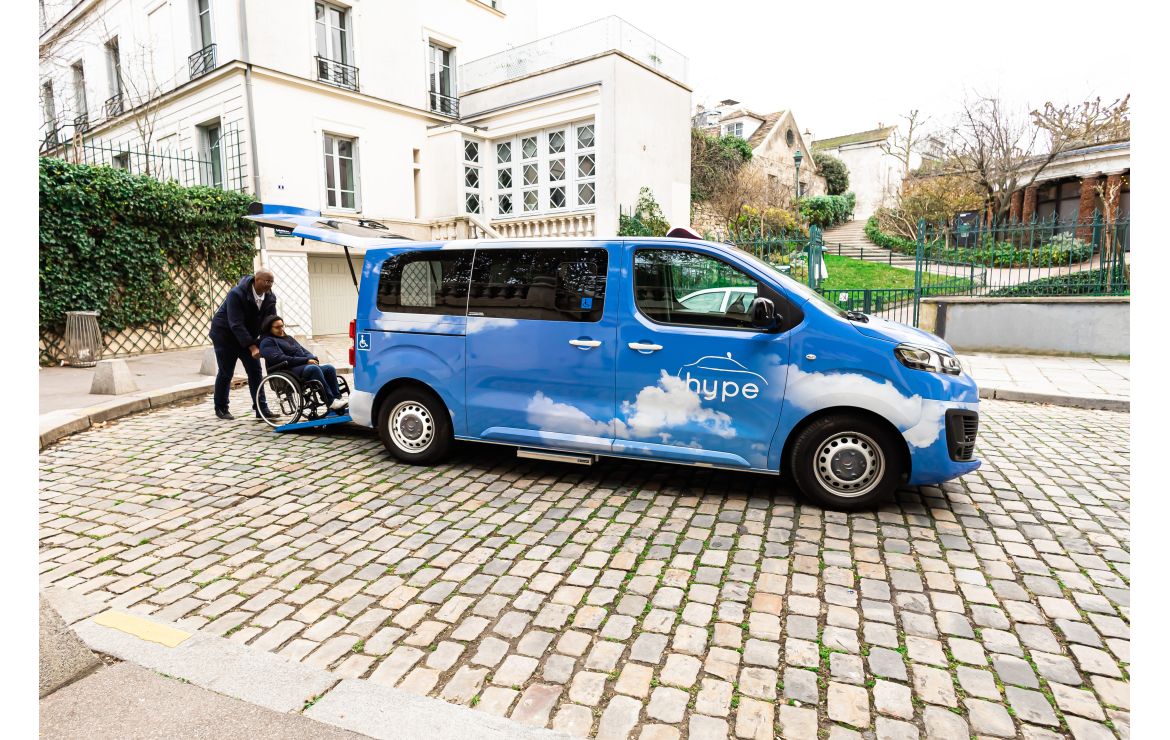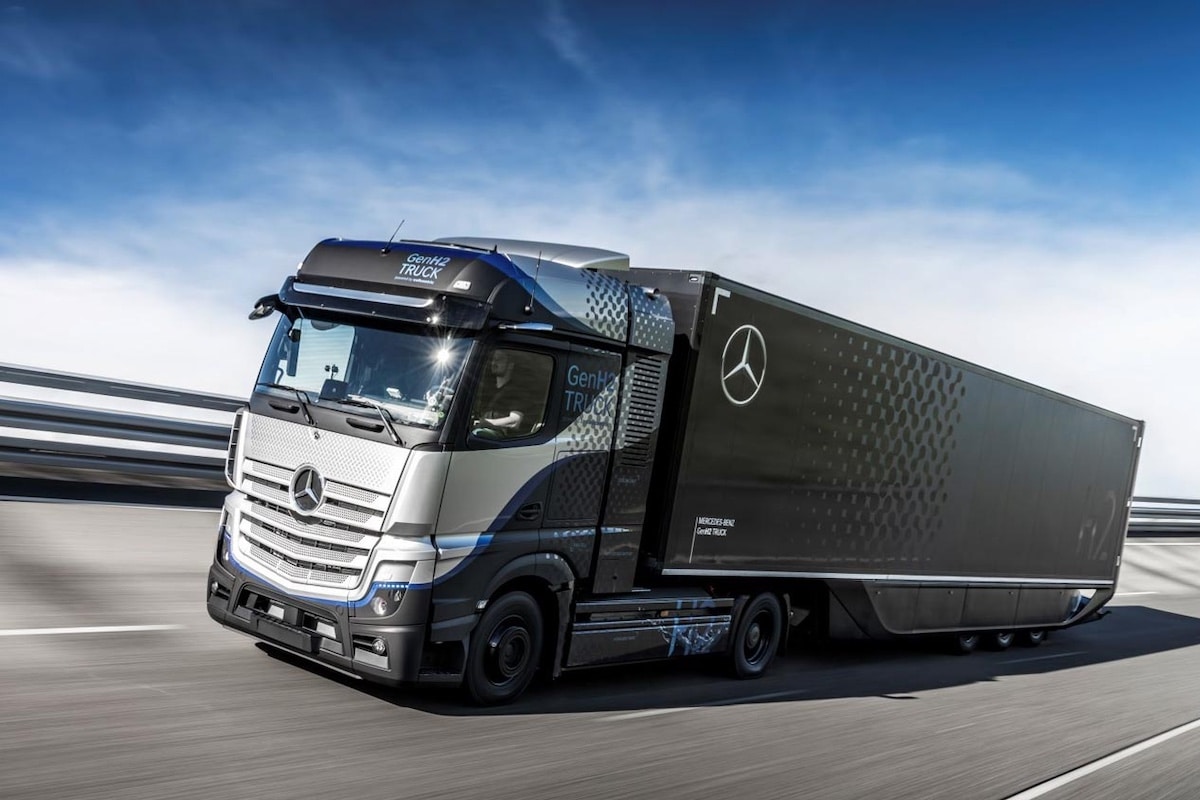Stellantis/Hype: Taxis for People with Reduced Mobility

In Paris, Stellantis and its partner Hype launch a hydrogen mobility partnership ahead of the 2024 Olympic Games.
Stellantis group and hydrogen taxi service Hype have teamed up in the Paris region today to offer a hydrogen taxi service for people with reduced mobility (PRM).
The first phase of this partnership is the deployment of fifty hybrid Parisian taxis (electric/hydrogen) in Paris. Thus, Stellantis will supply 50 Peugeot e-Expert Hydrogen and Citroën ë-Jumpy Hydrogen vehicles to Hype, adapting them for PRM. The deployment of these fifty Parisian taxis will take place this year. Hype and Stellantis plan to deploy 1,000 by the end of next year.
These different taxis will allow five passengers (including one in a wheelchair) or six passengers (without a wheelchair) to move around the Paris metropolitan area more sustainably. The development of these taxis coincides with the implementation of subsidies for the “Parisian PRM taxi” license, available since May 2022.
With the arrival of the 2024 Olympic and Paralympic Games, the deployment of this hydrogen fleet arrives at just the right time to help Parisians and tourists with reduced mobility get around without relying on the metro.
Hydrogen, a future energy?
Unlike electricity, used in many electric vehicles, hydrogen is still under study and development. The technology is gradually becoming more common, especially for powering heavy trucks. For example, Toyota has recently established a partnership with VDL Group to develop its hydrogen heavy trucks.
The production of this energy remains quite complex and dependent on hydrocarbons. According to a Senate report from April 2021, out of 70 million tons of hydrogen produced, 48% came from natural gas and 28% from oil. Moreover, converting natural gas and oil into hydrogen “is associated with significant greenhouse gas emissions”.
Additionally, this technology requires much more storage space than gasoline, for instance. The Senate report performed the following calculations to reach this conclusion: with the very low volumetric density of hydrogen (0.09 kg/m3), even when stored under pressure at 350 bars, its volume is 13 times larger than that of gasoline.
Furthermore, once hydrogen is “created,” it must be stored. According to the H2-Mobile website, France currently has 43 hydrogen stations, 16 of which are still opening. A developing energy source aimed at replacing internal combustion engines, but not yet fully mature!
This page is translated from the original post "Stellantis/Hype : des taxis pour les personnes à mobilité réduite" in French.
We also suggestthese articles:
Also read








